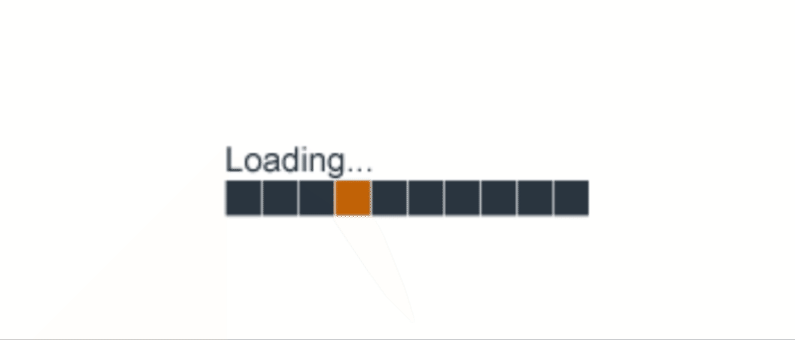When Art & Logic started doing business in 1991, we were a fully remote company that pre-dated the availability of the consumer internet; by the time I joined up in 1997 that transition had happened. My initial internet connection when I started here saw me upgrade from a dialup connection to a local ISP over a 56Kb/s modem to a pair of bonded ISDN lines that gave me a screaming 128 Kb/s connection to the A&L servers and my co-workers.
As the consumer internet exploded, our project mix followed the same transition that the rest of the world did — we went from 100% of our projects being standalone desktop applications running natively on Windows or macOS, to a few web projects (including a ton of embedded web projects — in 2017 you expect to be able to configure networked hardware by pointing a web browser at it, but in the late 90s that was the New Frontier) to our current mix that’s largely web and mobile with some interesting desktop apps tagging along as well.
We, along with every one of the clients that we’ve developed projects for in that period, have depended on strong net neutrality to enable our innovation — once your service is on the internet, your traffic is on the same footing as everyone else’s. As Gertrude might say today, a bit is a bit is a bit.
Recently, the FCC has proposed rule changes that have the potential to turn this all upside down — here’s a bit of background from meta.stackeschange.com :
Back in 2014, the United States Federal Communication Commission, in response to numerous complaints and concerns, implemented a set of rules that prohibit Internet Service Providers from blocking specific content providers or charging them for access to their networks. Essentially, a set of rules that prevent an ISP from double-dipping on service they’re already being paid for, or blocking access to specific websites just for the hell of it.
In order to do this, they had to change how ISPs were classified, moving them from a “Title I” classification to “Title II” – more or less the same framework for regulation that’s been in place for phone companies for decades, establishing them as a so-called “common carrier” – that is to say, one which may not discriminate between customers. If you already assumed that this is how the Internet worked, you’re not alone; however, due to how they were classified previously the FCC had been unable to enforce rules that would ensure that traffic over the Internet would continue be allowed to work as, well, traffic over the Internet was expected to work.
(also scroll down for the answers on the rest of that page for more discussion and links on the topic than you probably have time for today).
The group Fight for the Future has declared today, 12 July 2017, as a day of action, for “regular friendly Internet users like you to submit your comments and concerns to the FCC about their plans to do away with net neutrality.”
If you’re in the US and would like to participate, you can:
- Use the system at Battle for the Net.
- Visit the FCC page and click the ‘Express’ link.
- Use Resistbot to contact your congressional representatives by texting RESIST to 50409 or message on Facebook
Other links on the topic:
- Stack Overflow
- Twitter (company blog)
- Twitter (hashtag)
- GitHub
- Wired



